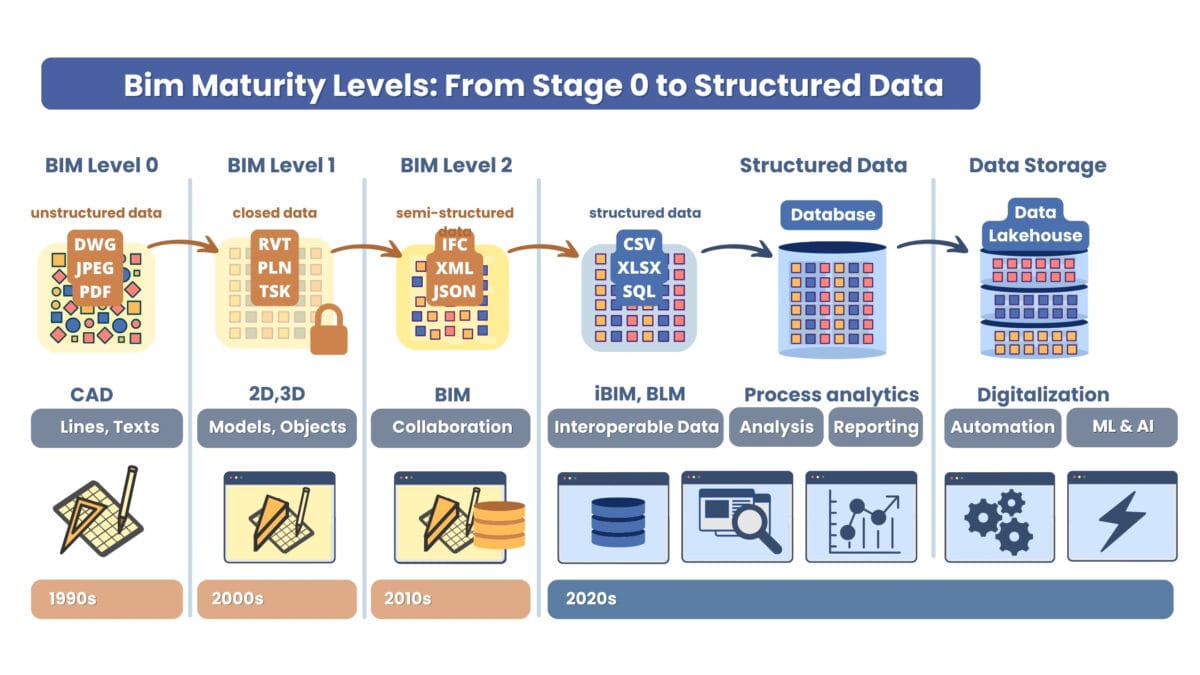Semi-structured data, while containing some level of organisation, does not follow a strict structure. Examples of such data include time logs, progress reports, and work schedules, which can be presented in a variety of formats. While such information does contain a certain structure (e.g., dates, employee names, and a list of tasks completed), the presentation format can vary widely between different projects or even individual workers. They are easier to analyze than unstructured data, but require additional processing to integrate them into unified project management systems.
Working with semi-structured data, characterized by the presence of constantly changing structure, presents significant difficulties. This is due to the fact that the variability of the data structure requires individual approaches to its processing and analysis.
But while dealing with unstructured data requires a lot of effort, processing semi-structured data can be done with relatively simple methods and tools.
The non-native IFC format, exported, from CAD (BIM) systems, is also an example of semi-structured data, can be efficiently processed using SPARQL and RDF query language, developed specifically for working with Semi-structured data.
Converting data from semi-structured formats like DWG, IFC and RVT to a structured format opens the door for cross-platform exchange. Learn more about converting CAD (BIM) data to structured formats in the chapter "Converting CAD (BIM) Data to Structured Form".

Inevitable evolution of data in CAD (BIM) from the original unstructured formats, to modern structured formats
Geometric data, which is rarely seen in other industries, can also be categorised as semi-structured data. However, we will distinguish geometric data as a separate type because it, like text data, is often treated as a separate data type in company processes.

















